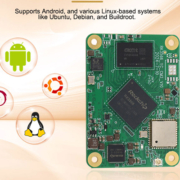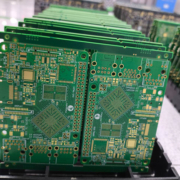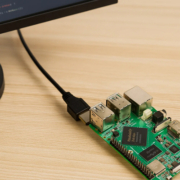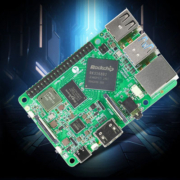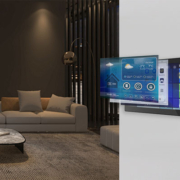Is the Raspberry Pi a microprocessor?
/in Industry information /by administratorThe Raspberry Pi is not just a microprocessor; it is a single-board computer (SBC). It features a central processing unit (CPU), which is a microprocessor, but it also includes many other components that make it a complete computer.
Here’s a breakdown of the key elements of the Raspberry Pi:
-
Microprocessor (CPU): The Raspberry Pi uses a Broadcom SoC (System on Chip), which includes a CPU, GPU, and other components. For example, the Raspberry Pi 4 uses a Broadcom BCM2711 SoC with a quad-core Cortex-A72 ARM processor.
-
Memory (RAM): The Raspberry Pi has built-in RAM, which varies depending on the model (e.g., 2GB, 4GB, or 8GB for the Raspberry Pi 4).
-
Storage: It typically uses a microSD card for storage, though newer models may have other options (e.g., USB storage or NVMe drives).
-
Ports and Connectivity: It comes with USB ports, HDMI output, GPIO pins for hardware projects, network ports, and wireless connectivity (Wi-Fi and Bluetooth).
So, while the CPU on the Raspberry Pi is a microprocessor, the Raspberry Pi as a whole is a full-fledged, mini-computer that can run an operating system, execute software, and perform a variety of tasks beyond what a simple microprocessor can do.
PortPi is a single-board computer similar to Raspberry Pi, but it is specifically optimized for smart home and Internet of Things (IoT) applications. Like the Raspberry Pi, PortPi offers powerful computing capabilities and extensive expandability, making it ideal for a wide range of projects and use cases.
Key Features of PortPi:
- High-performance Processor: PortPi is equipped with a robust processor capable of running efficient operating systems and applications, making it suitable for managing complex smart home systems and IoT devices.
- Extensive Connectivity: With GPIO pins, USB, HDMI, and network ports, PortPi can easily connect to sensors, devices, and other hardware, providing flexibility for a variety of applications.
- Smart Home Integration: PortPi can interface with smart home devices, supporting protocols such as Zigbee, Z-Wave, and Wi-Fi, enabling users to build and control their own smart home ecosystem.
- Low Power Consumption: Similar to the Raspberry Pi, PortPi is designed to be energy-efficient, making it suitable for continuous use in homes or offices.


